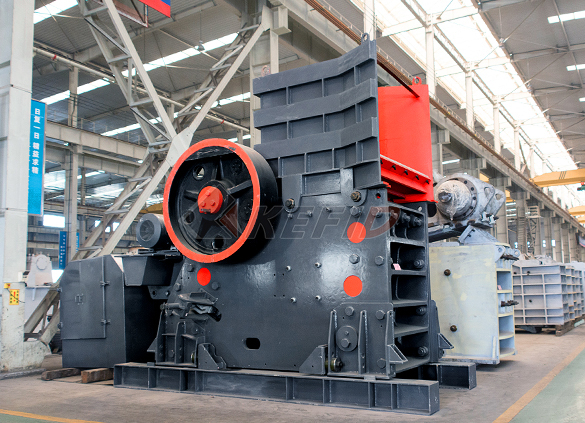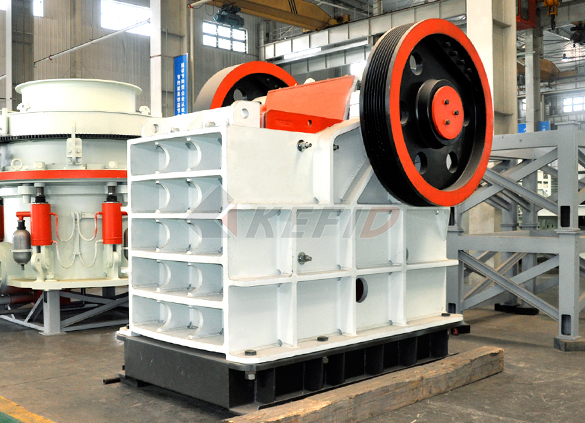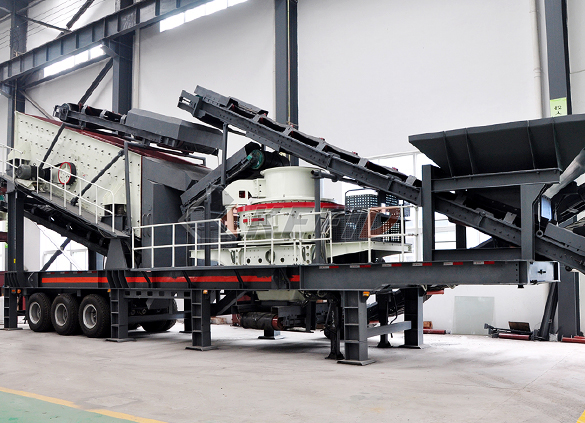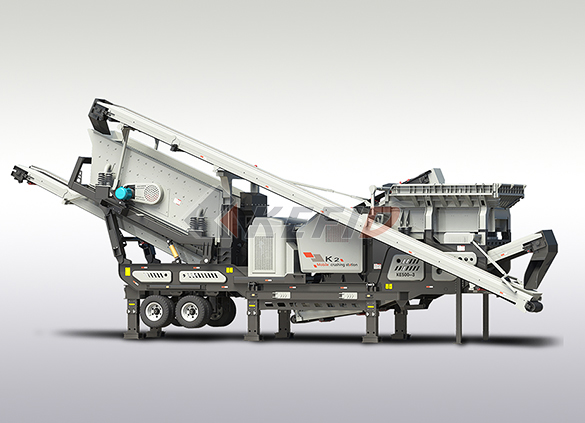NEWS
- Company News
- Kefid's impact crusher models
- Kefid single-cylinder hydraulic
- The equipment configuration and
- The future development of minin
- K series tire mobile crusher
- Bauma China 2020: Three new pro
- Basalt sand and gravel producti
- The crushing mechanism of impac
- The use of coal gangue and crus
- 325 mesh calcium carbonate powd
- Industry News
- The maintenance measures that i
- The standard of mechanism sand
- The technological processes of
- Concrete blocks recycling to bu
- A powerful tool for processing
- Stone crusher for railway proje
- The selection of crushing cavit
- The advantages of mobile sand m
- The solution to prevent corrosi
- 50-70 tons per hour of gold ore
- Exhibition
- Special Report
- Faq
- How to maintain the production
- How to configure equipment for
- What equipment is needed for th
- What are the complete sets of e
- Regarding the waste disposal af
- What is the price of sand washe
- How much are the accessories of
- What is the reason for the slow
- What is the installation proced
- Why is the impact crusher widel
The construction waste crushing process
Construction waste refers to the collective name of the muck, waste concrete, waste bricks and other wastes produced in the production activities of people engaged in the demolition, construction, decoration, repair and other construction industries. According to the source, construction waste can be divided into engineering muck, decoration waste, demolition waste, engineering mud, etc .; according to composition, construction waste can be divided into muck, concrete block, gravel block, brick and tile block, waste mortar, mud, asphalt block, waste plastic, waste metal, waste bamboo and wood, etc.
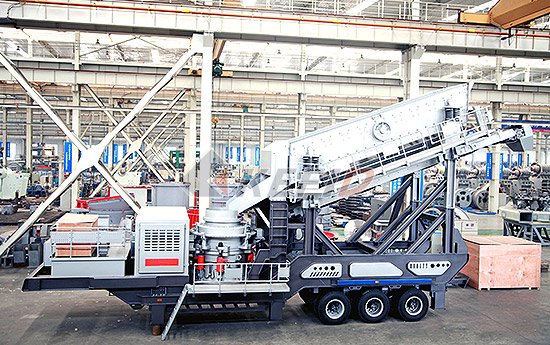
After crushing construction waste, it can be used as recycled aggregate, road filler, brick making raw material, etc. The crushing modes are generally mobile and fixed. The main processing procedures are as follows:
1. Remove impurities
Construction waste is fed by an excavator, and is cleaned and pre-screened by a heavy-duty screening station to screen out 30% of the fine materials in construction waste. At the same time, it is equipped with a manual sorting platform, which can sort out light materials and wood blocks, plastics, fabrics, etc. in the raw materials. Large-diameter materials are waiting to enter the crusher for crushing. The sieved soil can be used as greening soil in the garden department.
2. Crushing
The debris-removed construction waste is sent to the crusher for crushing. Generally, it needs to be crushed by 2-3 stages. The crushed materials are transported to the return screening unit through the main conveyor belt equipped on the equipment, which meets the requirements of finished product size to the finished product pile, if it does not meet the requirements, return to the crusher to continue crushing.
3. Finished product
After sieving, it can be adjusted to sieve out different specifications of recycled aggregate, generally 0-5, 5-10, 10-20, 20-31,5mm specifications. If you have different needs, you can control the product size by changing the size of the screen. Large-diameter aggregate can be blended and used in water-stable graded crushed stone, and small-diameter aggregate can be used for further processing, such as making sidewalk bricks and lawn bricks.
More details and equipment quotation, please contact our 24hour online customer service.









